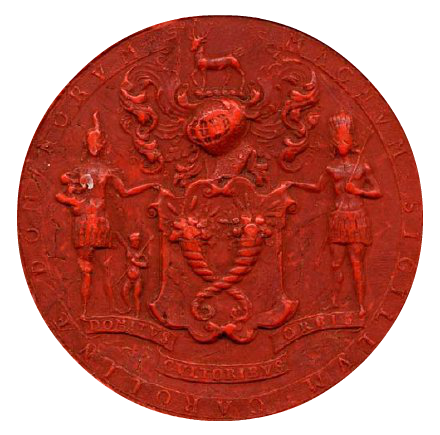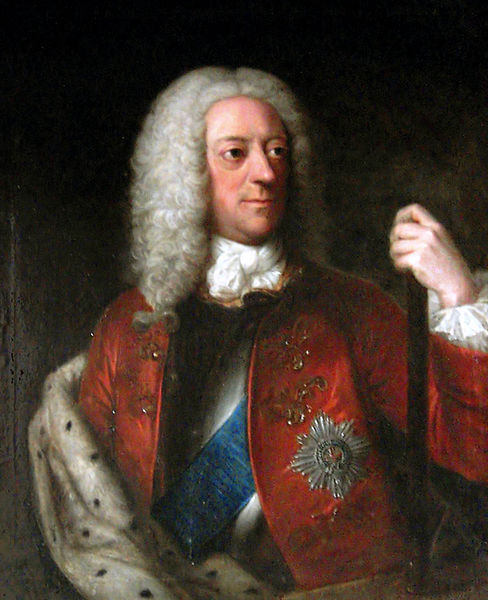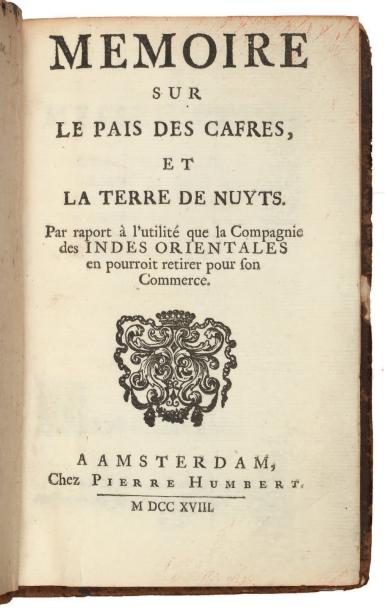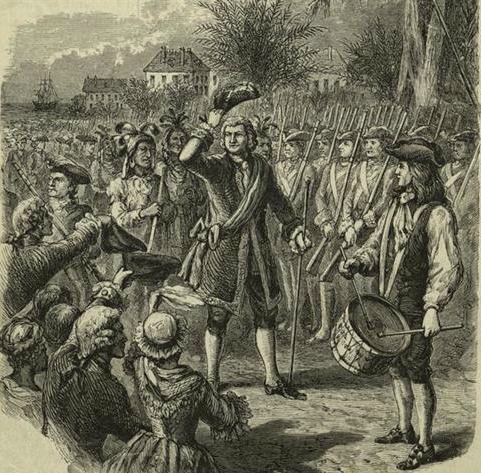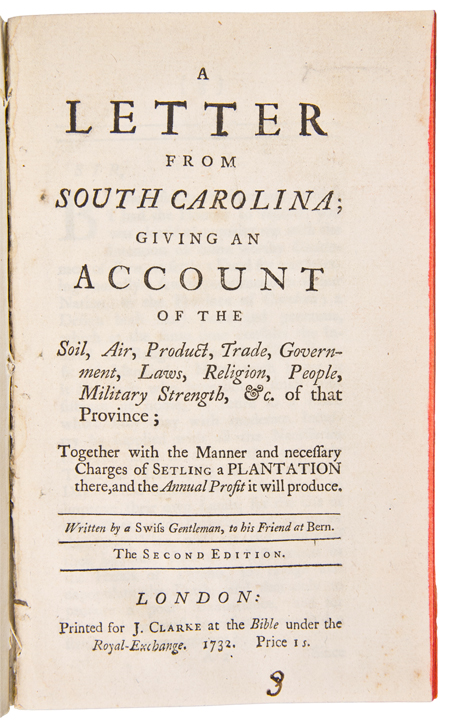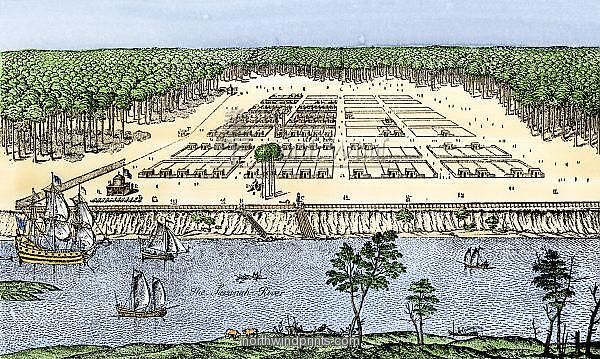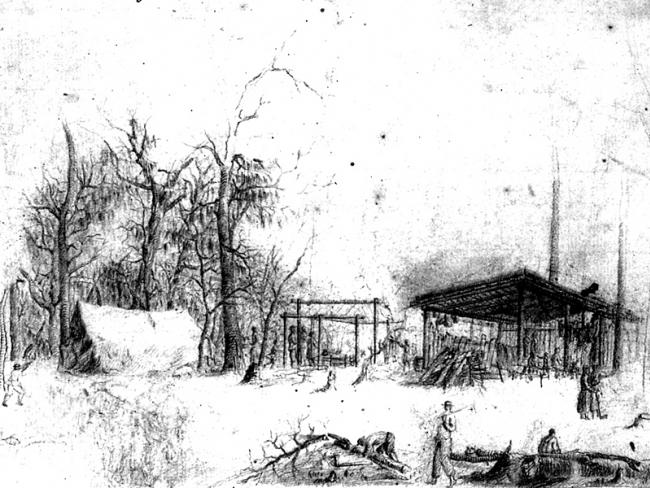SOUTH CAROLINA'S EARLY SETTLERS
Carolina was founded in 1633 by Royal Charter granted from King Charles of England. The charter constituted a legal contract granting rights and responsibilities for eight Lords Proprietors and their heirs. In 1669, the first colonists arrived settling in the Charleston area. By1691 the proprietors appointed a Governor overseeing South Carolina and a deputy governor responsible for overseeing the interests of the North. The states formally divided into North and South Carolina in 1712.
BRITISH INFLUENCE
JEAN-PIERRE PURRY--A VISIONARY
Purrysburg was named after Jean-Pierre Purry-a Swiss Colonizer. Purry was an entrepreneur who tried for several years to entice European backers to support a Swiss settlement in Australia. By 1718, Purry was promoting another plan stating that the banks of the Savannah River were geographically suited to support a new community. Purry was rebuffed though he persisted. In 1726 a deal seemed in hand. He asked for volunteers to immigrate to America. Though there was much interest, Lords Proprietors reneged a promise to fund their transportation, forcing Swiss creditors to backed out.
INVESTING IN THE LOW COUNTRY
Purry later approached the Duke of Lancaster in England seeking financial support from the Lord Proprietors. In 1729, the Lord Proprietors relinquished control of South Carolina to the Crown. The King's representatives instructed Robert Johnson, the Royal Governor of South Carolina to forge ahead with frontier settlements the goal being t0 strengthen and expand the Crown's influence and to block French and Spanish expansion. By 1731, Purry was in South Carolina. He traveled to "Great Yamassee Bluff" on the South Carolina side of the Savannah River. The name chosen for the new town was Purrysburg.
RECRUITING SETTELERS
The Royal Government by way of the Township Act of 1730 authorized nine townships be established in the new territory. Government agents were sent to Europe to recruit families as settlers. One of those townships was called Purrysburg and was located along the Savannah River in present day Jasper County.
HARSH ENVIRONMENT
Settlers began occupying the site in 1732. Within two years as many as 450 settlers arrived. By 1736, there were 100 houses.
Though strategically located for protection, Purrysburg was not ideal for agricultural pursuits. Settlers suffered from exposure to heat and disease resulting in discontent. Feeling neglected and fostering resentment over land and legal issues led settlers to seek better opportunities in Georgia.
Purry died in 1736. Though the township never prospered, Purrysburg survived for a time as it was a conveniently located providing a river crossing between Charleston and Savannah.
GREENER PASTURES
In 1747, Purrysburg became the seat of St. Peter’s Parish where the Anglican Church tried to establish a following. As fate and history had it, both Purrysburg and the Church would not succeed. Descendents of original settlers have had a significant impact in Jasper County with many families being able to trace their roots to Purrsyburg.
THE EXPERIMENT IS OVER
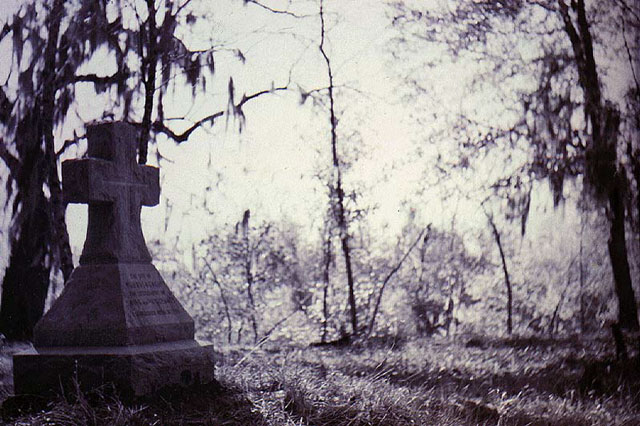
Purrysburg fell further into obscurity as new laws redefining counties and townships prior to and after the Revolutionary War. In 1800, South Carolina renamed many counties as districts rendering Purrysburg obsolete.

